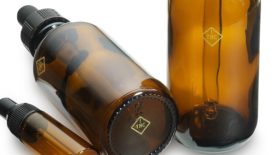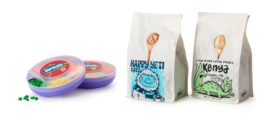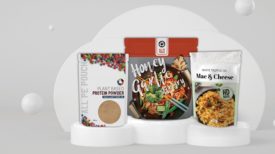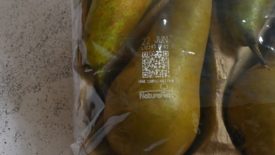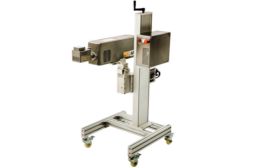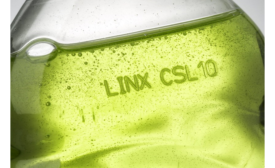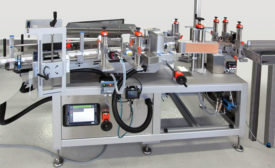Home » laser coding
Articles Tagged with ''laser coding''
Machinery Technology: Labeling, Coding & Marking
Advancements in marking/coding/labeling save time and money.
Doing more with less
March 13, 2017
Machinery Technology: Marking & Coding
Coding the pharmaceutical packaging industry
An interview with Tim Kearns, national strategic account manager for pharmaceutical & medical devices at Videojet.
September 8, 2015
Keep the info flowing with our eNewsletters!
Get the latest industry updates tailored your way.
JOIN TODAY!Copyright ©2025. All Rights Reserved BNP Media.
Design, CMS, Hosting & Web Development :: ePublishing


